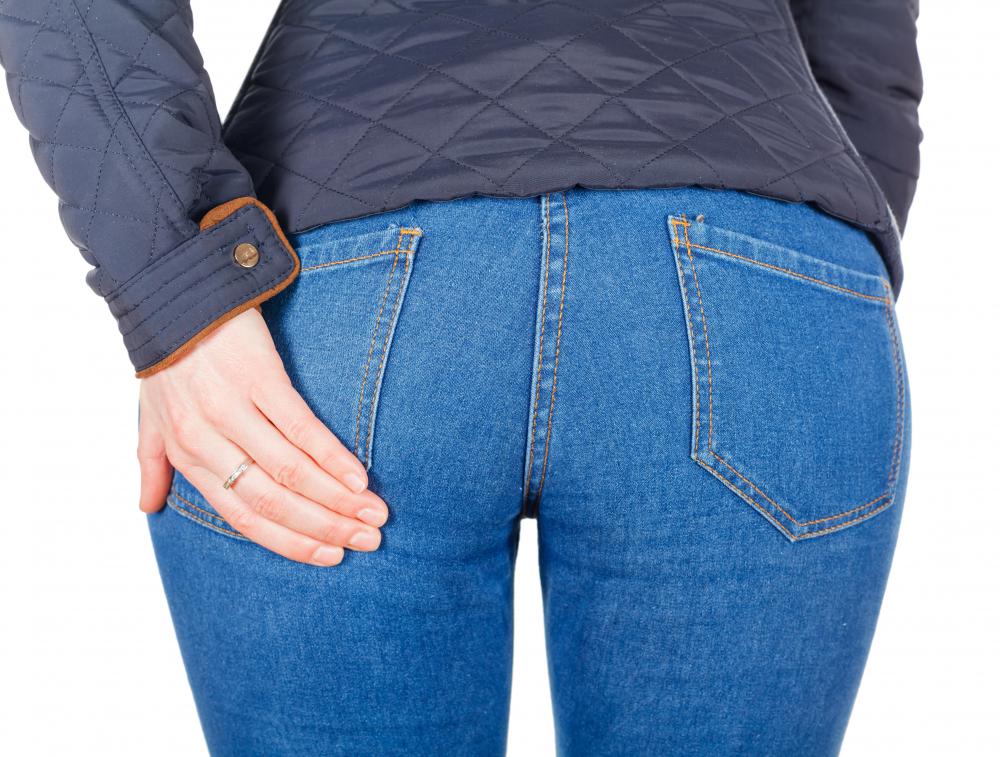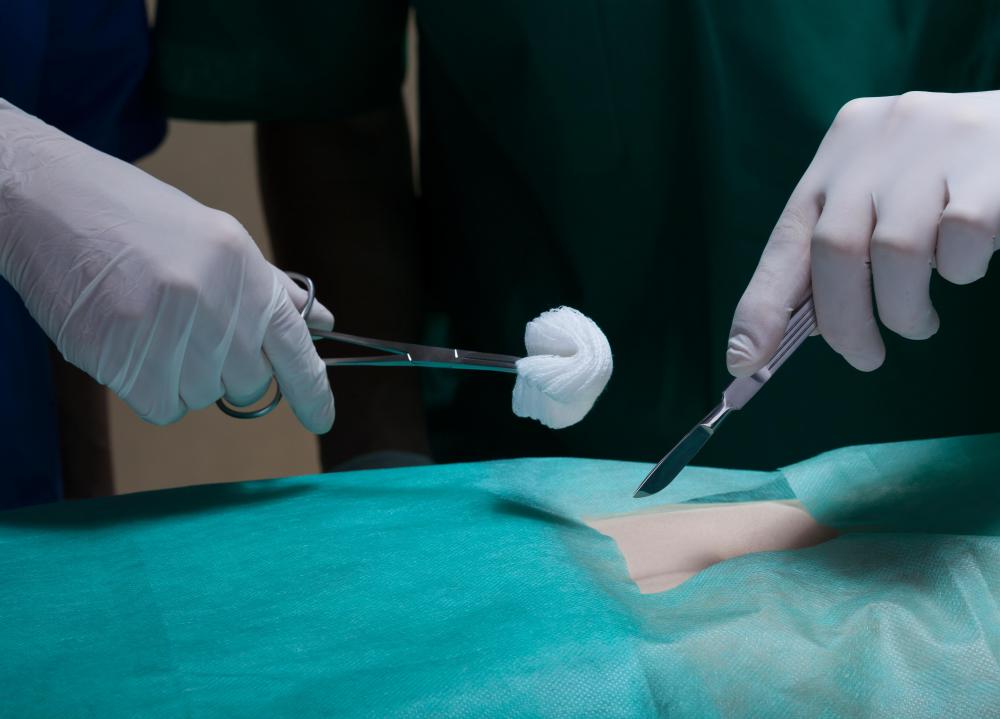At TheHealthBoard, we're committed to delivering accurate, trustworthy information. Our expert-authored content is rigorously fact-checked and sourced from credible authorities. Discover how we uphold the highest standards in providing you with reliable knowledge.
What is Pilonidal Disease?
Pilonidal disease is a condition in which the skin just above the buttock crease becomes infected or inflamed. The disease will often start out with an abscess in the natal cleft that is tender, swollen and might drain fluids. After the abscess goes away, either on its own or with treatment, a pilonidal sinus, or a cavity under the skin, will develop.
Pilonidal disease tends to occur in young people, most often between the ages of 18 and 40. Men are more likely than women to be affected, and obese people or people with stiff, thick body hair also are more vulnerable. A lifestyle or job that requires prolonged periods of sitting also contribute to the likelihood of developing pilonidal disease. Excess sweating and poor hygiene can cause a pilonidal cyst to become infected and lead to pilonidal disease.

A pilonidal cyst, often the first sign of pilonidal disease, can vary from a large and painful abscess to a small pimple. If the area is infected, it will drain fluid that has a foul odor, and the area will be red and tender. The infection also might cause fever or nausea. The pilonidal sinus tracts that develop can also become infected and cause swelling, pain and drainage.

A hair that becomes embedded in the skin causes a pilonidal cyst, which can develop into pilonidal disease. Pressure on the buttock area caused by activities such as biking or long periods of sitting can cause hairs to penetrate the skin and become cystic. Stretching of deep layers of skin can rupture a hair follicle, and the hair that grows from that follicle also can cause a pilonidal cyst.

An infected pilonidal cyst typically is treated with a simple procedure in which a physician drains the infected area and removes hair and other foreign material. To treat pilonidal sinuses or chronic pilonidal disease, more complex surgery is necessary. In this procedure, a physician opens up the sinuses or abscesses and cleans them out, then leaves them open to heal from the inside out. Leaving the wound open to heal reduces the risk that an infection will occur again after the wound is healed.

If a surgical wound is not properly taken care of, recurrent infection is much more likely, causing the pilonidal disease to return. If the wound is left open, it will need frequent dressing changes to keep clean and to allow fluids to drain. After the wound is healed, removing the hair around the upper buttocks area might be necessary to prevent further infection.
AS FEATURED ON:
AS FEATURED ON:
















Discuss this Article
Post your comments